The Cult of the LS: How a Good Engine Became a Cliche.
The Chevrolet LS engine is undeniably a masterpiece of American engineering. Lightweight, compact, and packing serious horsepower potential straight out of the crate, it rewrote the rules of performance when it debuted in the 1997 Corvette. But somewhere along the way, what began as a smart choice for budget-friendly power turned into the automotive equivalent of pumpkin spice lattes—ubiquitous, overdone, and lacking any real originality.
The LS swap has become the default answer to every performance question, shoved into everything from Miatas to Land Rovers with the same lack of imagination as slapping a “Live, Laugh, Love” decal on a suburban kitchen wall. Worse yet, the swap scene has developed a cult-like devotion that ignores the engine’s flaws, its diminishing cost advantage, and the fact that there are objectively better options depending on the build.
This isn’t just about taste—it’s about mechanics, physics, and the lost art of creative engine swaps. Here's proof that the LS is the “basic white girl” of powerplants, and why real enthusiasts should think twice before jumping on the bandwagon.
See also:
The Weight Myth: LS Engines Aren’t Actually That Light
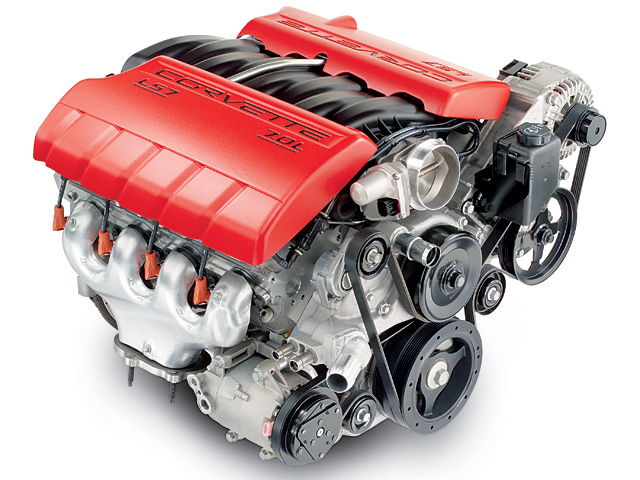
One of the most repeated myths in the LS-swap gospel is that these engines are magically lightweight compared to everything else. Sure, an all-aluminum 5.7L LS1 weighs about 450 lbs fully dressed—impressive next to a cast-iron big-block, but not the revelation people pretend it is.
Compare it to other modern V8s:
- A Ford Coyote 5.0L (aluminum block/heads) weighs 460 lbs—only 10 lbs more than an LS1.
- A BMW N63 4.4L twin-turbo V8 comes in at 485 lbs—heavier, but packing forced induction from the factory.
- Even Chrysler’s 6.4L Hemi, with its iron block, is just 520 lbs—a negligible difference in many applications.
And if weight is the priority, why not go smaller? A Honda K24 inline-four weighs 350 lbs and can make 500+ hp with boost—while leaving room for a turbo setup an LS would never fit. Or consider an aluminum-block Barra inline-six from Australia, which can hit 1,000 hp on stock internals while weighing less than an LS with accessories.
The truth is the LS’s weight advantage was revolutionary in 1997. Today, it’s just one option among many.
See also:
The Aftermarket Illusion: “Cheap” LS Power Isn’t So Cheap Anymore
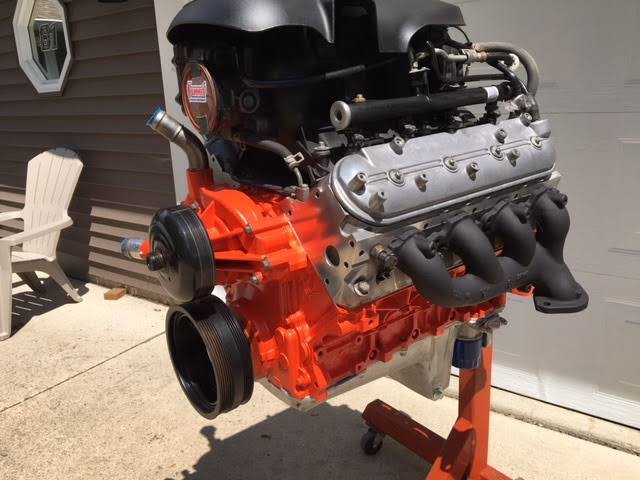
5.3L LM7.
Ten years ago, wrecked Corvettes and Camaros littered junkyards, and $1,500 could get you a complete LS1 with wiring and ECU. Today? Good luck.
The LS-swap craze has inflated prices to absurd levels. A used 5.3L LM7 truck engine—once a $300 bargain—now sells for $1,500+ in many markets. A running LS3 (6.2L) from a Camaro SS? $5,000+ if you can find one.
Even junkyard 4.8L boat anchors fetch $800+ nowadays.
Meanwhile, Ford’s Coyote 5.0L can be had for similar money, with better factory heads and a more advanced DOHC design. Or, for forced induction fans, a twin-turbo EcoBoost 3.5L from an F-150 makes 400+ hp stock and costs less than an LS3.
Then there’s the hidden costs of an LS swap:
- Oil pan and accessory clearancing issues (not every car fits an LS without cutting).
- Custom motor mounts and headers (because no two swaps are the same).
- Wiring and ECU headaches (standalone harnesses cost $500+, and factory GM ECUs are finicky).
Suddenly, that “cheap” LS build isn’t so cheap anymore.
The “It Just Works” Lie: LS Swaps Have More Problems Than People Admit
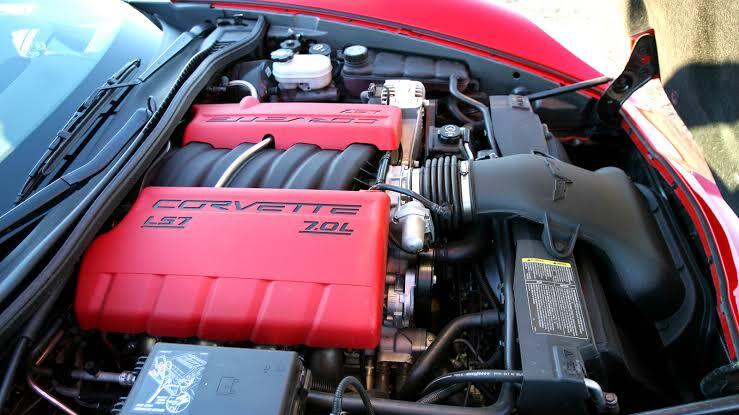
LS fanboys love to claim these engines are bulletproof, but reality is messier.
Oil starvation in high-G corners—ask any track-day Miata guy who’s blown up an LS due to oil slosh. Weak factory rods in 5.3L/4.8L truck engines—they don’t handle boost as well as the internet claims. Lifter failures in LS7/LS3 engines—a well-documented issue that requires expensive fixes.
There's also the cooling system nightmares—LS engines crammed into tight bays often overheat without custom radiators.
Compare this to:
Ford’s Coyote, which revs to 7,500 rpm stock and has better oiling for track use. Or Toyota’s 2JZ, which can handle 1,000 hp on a stock block with no oiling issues. What about BMW’s S54? A high-strung inline-six that loves to rev and fits in smaller cars.
The LS isn’t unreliable—it’s just not the indestructible god-engine people love to pretend it is.
The Sound Problem: LS Exhaust Notes Are Boring
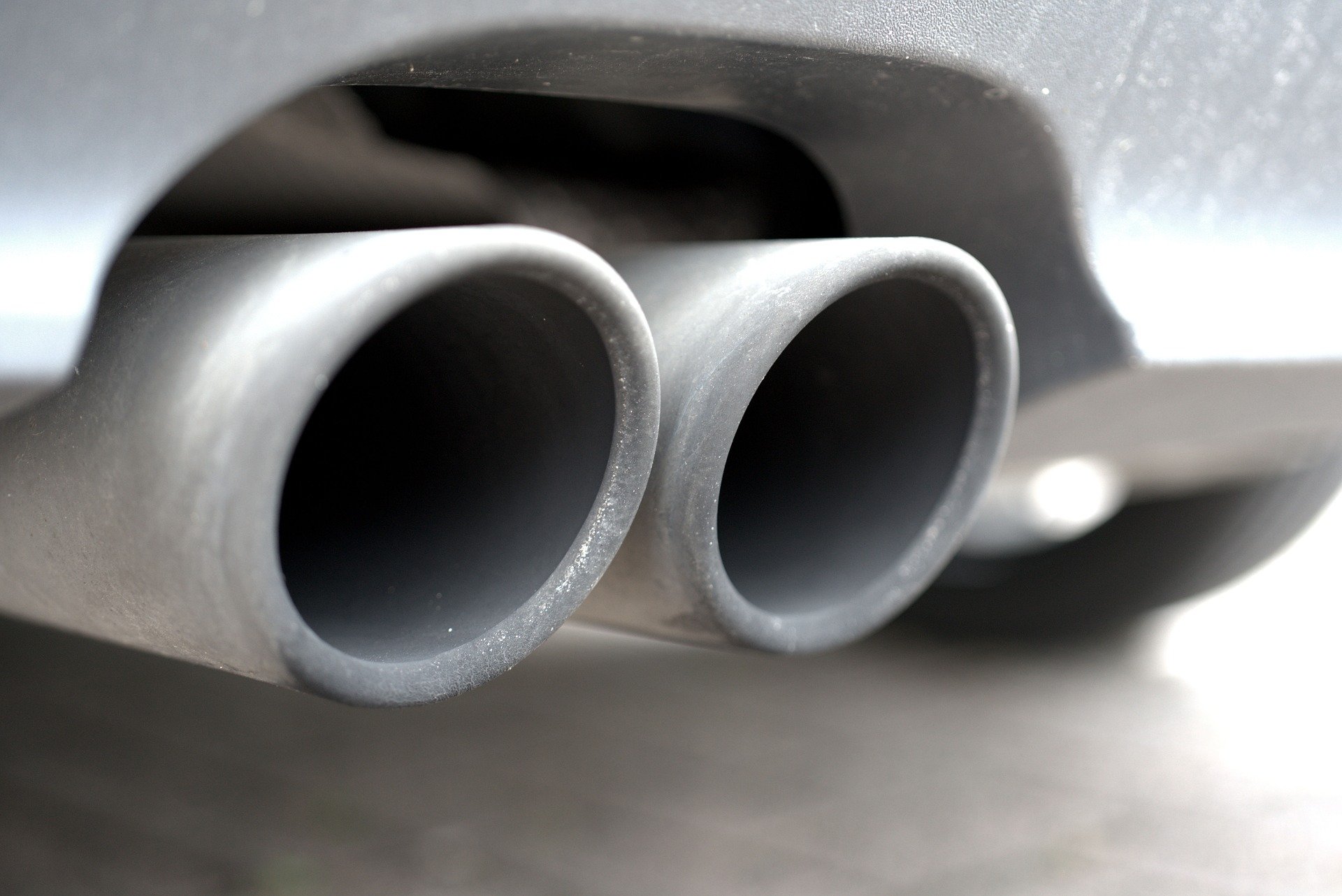
Let’s be real—the LS sounds generic. A cammed LS3 makes the same burbly, mid-range roar as every other small-block Chevy since the 1950s. There’s no character, no scream, no uniqueness.
Compare that to the howling inline-six wail of a BMW S54 or Toyota 2JZ at 8,000 rpm. Or the snarling V10 fury of a Lamborghini Gallardo swap (yes, people do this). You still couldn't compare it to the whining supercharger of a Hellcat 6.2L Hemi.
Even Ford’s Coyote has a more exotic, European-esque sound thanks to its dual overhead cams and higher rev limit. The LS is the acoustic equivalent of a Dave Matthews Band song—fine, but you’ve heard it a million times before.
The Lack Of Creativity: LS Swaps Are The Low-Effort Option
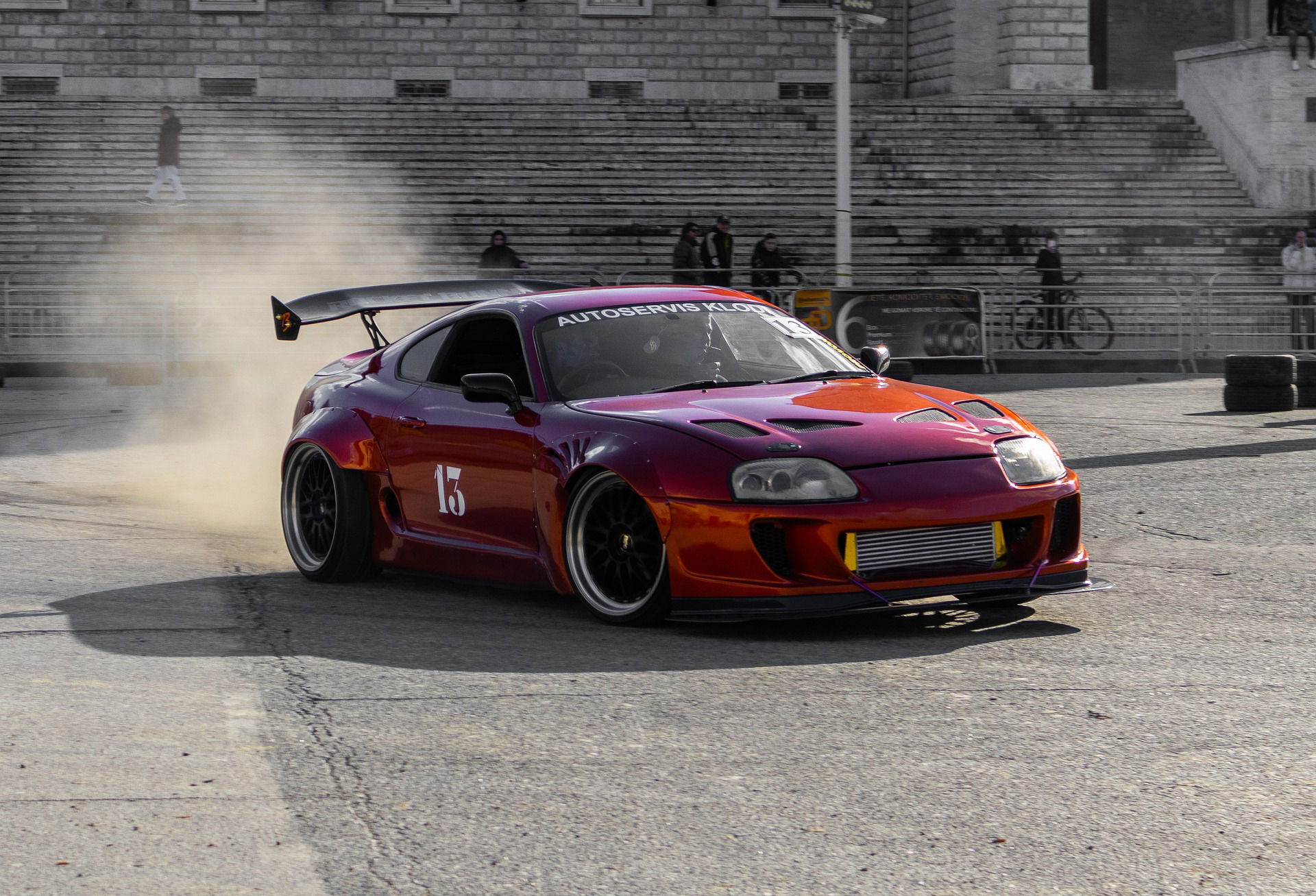
The worst part of the LS trend isn’t the engine—it’s the laziness it encourages. Instead of researching unique swaps, people default to the LS because it’s the path of least resistance.
Where’s the creativity in K-swapping a classic Mini for a 9,000 rpm screamer? How about Barra-swapping a Volvo 240 for turbocharged Aussie muscle? Or Rotary-swapping a Lotus Elise for lightweight, high-revving madness?
These builds take skill, research, and vision. An LS swap is the automotive equivalent of ordering a McDouble instead of learning to cook.
Break Free From The LS Cult
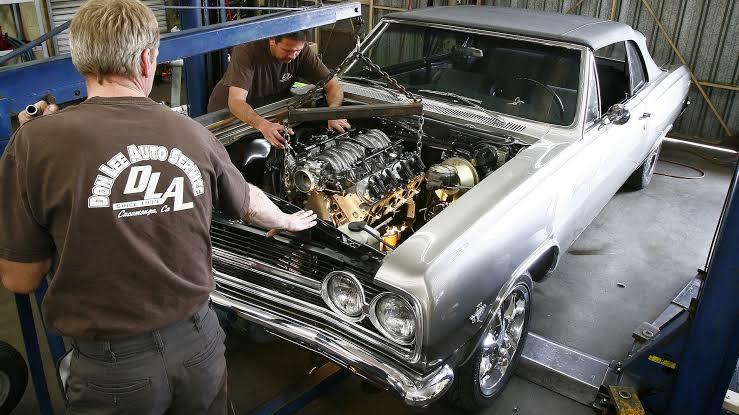
The LS is a great engine. But it’s not the only engine, and treating it like the default choice is killing creativity in the car scene.
If you’re swapping an engine in 2025, ask yourself:
- Is this the best choice for my chassis? (Maybe a turbo four or six would fit better.)
- Is this actually cost-effective? (Coyotes, Hemis, and JDM options are competitive now.)
- Will this stand out? (Or will it just blend into the sea of Camaro-powered drift cars?)
The best builds come from thinking outside the crate motor. So unless you want your car to be as forgettable as a Starbucks order, maybe it’s time to try something different.